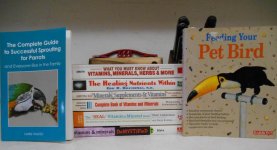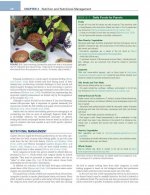Tiel
New member
- Jan 7, 2021
- 39
- 4
- Parrots
-
Haku (male normal grey cockatiel)
Hendrix (female yellow-faced lutino cockatiel)
Hey guys,
I hope I'm not being annoying by posing this question but currently I'm really trying to change my parrots diet. I've sort of struggled with finding scientific avian nutrition books that are also affordable? I know Bird Tricks has one but quite frankly, without doubting their integrity, it's too expensive for me at the moment. Are there any PDFs or books that detail parrot nutrition in detail with great chop recipes? Currently my parrots would rather eat slabs of concrete than touch any of my chop I want to know not only which vegetables to use but also WHY I should use them. Thank you in advance!
I want to know not only which vegetables to use but also WHY I should use them. Thank you in advance!
I hope I'm not being annoying by posing this question but currently I'm really trying to change my parrots diet. I've sort of struggled with finding scientific avian nutrition books that are also affordable? I know Bird Tricks has one but quite frankly, without doubting their integrity, it's too expensive for me at the moment. Are there any PDFs or books that detail parrot nutrition in detail with great chop recipes? Currently my parrots would rather eat slabs of concrete than touch any of my chop




